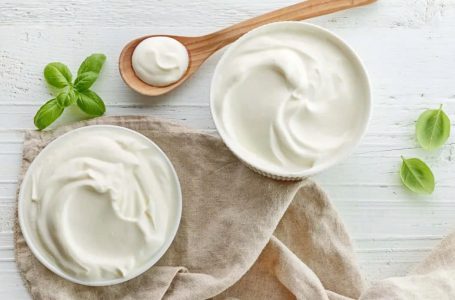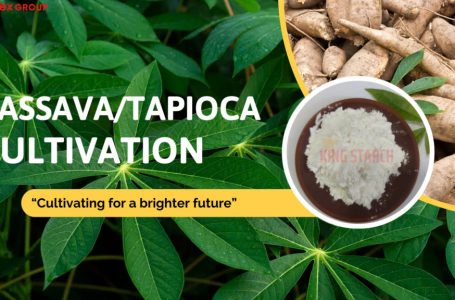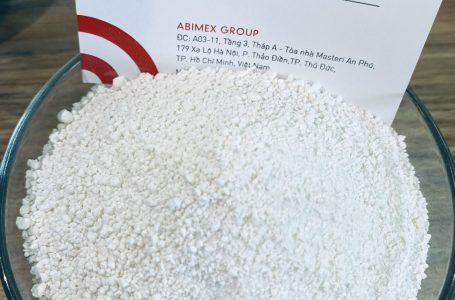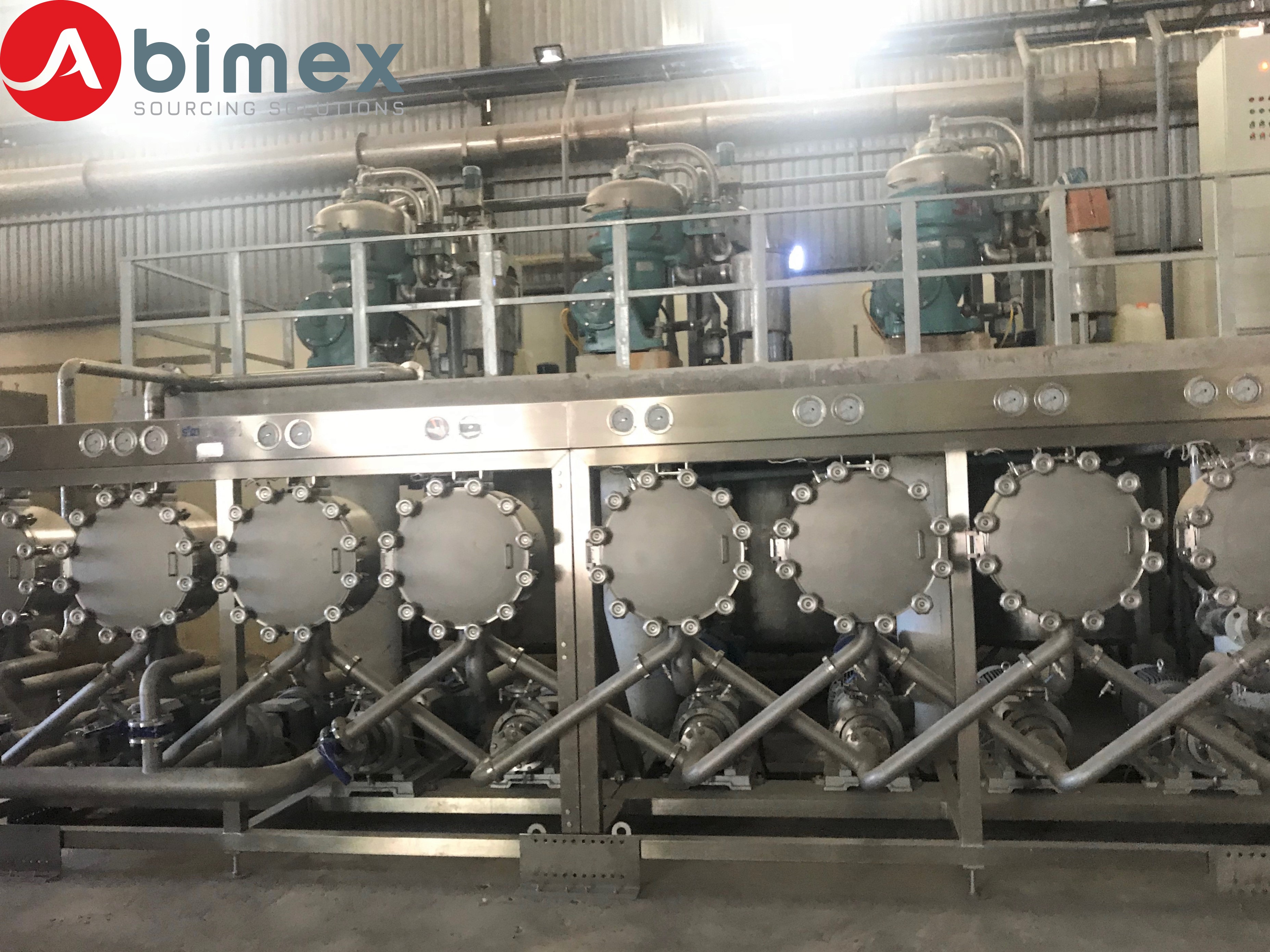
In the dairy industry, achieving the perfect texture and mouthfeel in milk products is a crucial factor in meeting consumer expectations. Whether it’s yogurt, cheese, or dairy-based desserts, the creamy texture is often a significant quality marker. One ingredient that has risen in prominence due to its versatility and functionality is modified tapioca starch. This starch has found widespread use in milk products, not only for its texturizing abilities but also for its compatibility with a range of production processes.
Below, we explore the four key roles modified tapioca starch plays in improving the creaminess of milk products and why it’s becoming a go-to solution for dairy manufacturers.

1. Texture Enhancement
One of the primary reasons modified tapioca starch is used in milk products is its ability to enhance texture. Creaminess in dairy products is often attributed to the right balance of fat content, water-binding properties, and the product’s ability to remain stable over time. Modified tapioca starch works by acting as a thickening agent, providing body and viscosity to milk products like yogurt, custards, and creams. Its smooth and soft gel formation ensures that the mouthfeel is creamy, luxurious, and rich.
For instance, in low-fat or fat-free dairy products where fat content is reduced, modified tapioca starch can replicate the creamy texture that would otherwise be lacking. It helps in reducing the perception of a watery or thin consistency, thereby mimicking the indulgent mouthfeel of full-fat dairy.
2. Improved Stability
Modified tapioca starch also plays a critical role in the stability of milk products, which directly affects creaminess. Milk products such as yogurt or dairy-based beverages need to remain homogenous and avoid phase separation during storage. Tapioca starch helps prevent water syneresis, which is the process where water separates from the solid or gel matrix in dairy products. This undesirable separation can ruin both the texture and appearance of milk products.
The modified starch absorbs water, preventing it from migrating to the surface or pooling within the product. This not only improves stability but also maintains the smooth and creamy texture over time. Additionally, by improving water-holding capacity, the starch ensures that the product retains moisture, giving it a fresh and creamy feel for longer durations, even under varying temperature conditions.
3. Emulsion Stability
Emulsions are critical in many milk products, especially in those that combine fats and water-based ingredients, such as dairy creams and spreads. Achieving a stable emulsion is necessary to create the consistent creaminess consumers expect. Modified tapioca starch has excellent emulsifying properties, which help to stabilize fat and water mixtures within milk products.
In particular, this starch type helps in maintaining the consistency and creaminess of dairy emulsions, preventing the breakdown or separation of the fat phase from the water phase. This is especially important in products like whipped cream or cream-based sauces, where a uniform texture throughout the product’s lifecycle is essential.
By contributing to a more stable emulsion, modified tapioca starch ensures that the creamy characteristics are preserved even during processing, storage, and distribution. The result is a consistently smooth product that maintains its integrity, regardless of the time it spends on shelves or the consumer’s refrigerator.
4. Fat Reduction without Compromising Creaminess
As consumer preferences shift towards healthier, lower-fat options, dairy manufacturers are challenged to maintain the creamy textures consumers love, despite reducing fat content. Modified tapioca starch serves as an essential ingredient in this fat-reduction process without sacrificing the indulgent mouthfeel that many associate with full-fat milk products.
Tapioca starch, when modified, can imitate the functional properties of fat in terms of mouthfeel and texture. It creates a desirable viscosity and creaminess, making it an ideal fat replacer in reduced-fat dairy products. When added to milk products like low-fat yogurt, dairy beverages, or even ice cream, it fills in the textural gap left by fat removal, providing a sensation of richness and creaminess that consumers expect, despite the lower calorie count.
This makes modified tapioca starch a valuable tool for food developers who need to meet the demand for healthier options without compromising on the sensory qualities that make milk products appealing. By using this starch, producers can create healthier milk products that still offer the indulgent creaminess and richness that attracts consumers.

Conclusion
Modified tapioca starch is proving to be a versatile and essential ingredient in the dairy industry, especially in products where creaminess and texture are critical. Its ability to enhance texture, improve product stability, maintain emulsion integrity, and replace fat without losing creaminess makes it a powerful ally for manufacturers.
As consumer demands for both indulgence and health-conscious products grow, modified tapioca starch offers an effective solution that bridges the gap between low-fat content and rich, creamy textures. It’s clear that its role in milk products will continue to expand as more manufacturers recognize the benefits it offers in creating high-quality dairy goods that meet modern market demands.







